Forex
Best time to trade forex
Even when you have a working system, you need to know what pairs you want to trade, you must also consider when the best time to trade forex is.
It can vary from person to person, but there are a few key things you should consider before settling down with your cup of coffee and your forex charts. One of the key reasons people learn how to trade forex over other markets is the ability to trade up and down. We can profit in either direction, but when the markets are quiet and moving sideways, then the chances of failure increases drastically.
So we typically never trade in a sideways market and wait for a trend to form and then follow along. On the longer time frames you won’t really notice a lot on the chart, but if you look at a 1-hour or below you’ll quickly see that there are often quite periods where the market is moving sideways.
In the above image of the EUR USD forex pair we have highlighted a section where the price was ranging. There are times where this can go on for a lot longer and even in a smaller range. This is what we mean by going sideways. There simply isn’t enough movement for a large trade.
Forex trading sessions
So we’ve spent some time earlier telling you about the forex market being traded 24-hours a day. So what are sessions? These are common trading times. A lot of larger institutions have their own trading floors that stick to these sessions, this is also when companies are open and doing international trades. This could be for imports and exports or moving money around to other countries.
During these times we find that volatility is increased, the market typically starts moving more, and due to the increased amount of funds being transferred we also have much higher liquidity out of these areas.
How does this affect our forex trades?
We have already mentioned that liquidity provides an important part in our success as a trader. When a currency pair has a high volume of trades we find that the cost to place a trade comes down. This is because the spread is reduced as a result of more people looking to buy and sell.
Our trades are also executed faster, reducing the amount of slippage. While this doesn’t affect long term traders too much, it can make or break short term traders. That’s not to say long term traders should ignore it, more profit is always good!
Along with the trades costing less, and faster execution times, the market is also less likely to be moving sideways. As traders, we can make money when the market goes up or down, but we can’t do much during a sideways market.
The busiest of all the sessions is the London session. A newcomer to the forex industry would assume that New York would be the busiest, but London is consistently busier with more trades and bigger trades being placed.
Forex Trading Sessions
| Time Zone | GMT |
|---|---|
| Sydney Open | 22:00 |
| Sydney Close | 07:00 |
| Tokyo Open | 23:00 |
| Tokyo Close | 08:00 |
| London Open | 08:00 |
| London Close | 17:00 |
| New York Open | 12:00 |
| New York Close | 21:00 |
So now we know that it is a good idea to trade when the markets are busy. The trades generally cost less and execute faster, and we have a higher chance of seeing some decent movement in the market.
The table above shows the times of the trading sessions. Keep in mind that London is still typically the best session for people to be trading. Now there is a very popular time that traders jump onto, especially those in the far west who cannot keep London times.
You’ll see that the New York session opens at 12:00, and London closes at 17:00. This gives us 3 hours where the two busiest sessions are in full swing. It can often be a great time to enter trades due to the increased volume.
On a personal note, we like to trade the opening of the London session, then keep an eye on the trades as New York wakes up. I’ve noticed several times that our colleagues out west often pick up on a new trend formed by London and set it running even further. It’s lovely to be on that early when it happens.

